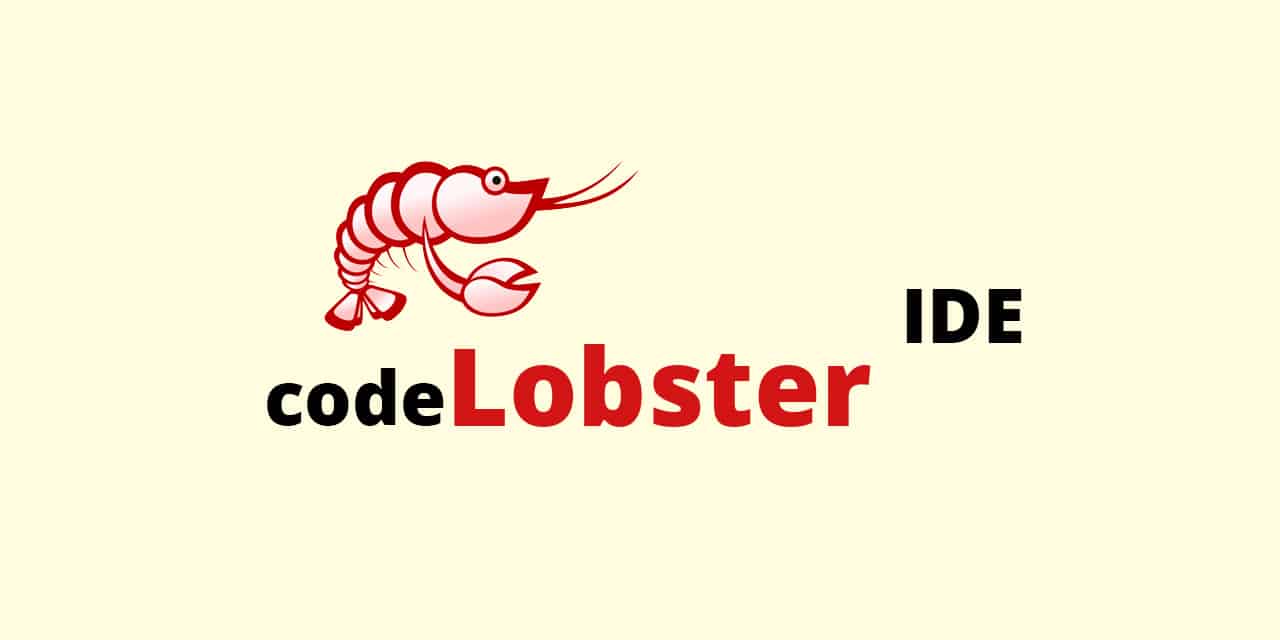Description
Introduction: Embedded Linux Development
Embedded Linux is widely used in modern embedded systems due to its flexibility, open-source nature and robust support for a wide range of hardware platforms. Embedded Linux enables developers to build efficient, scalable and customizable systems for industrial control, consumer electronics, automotive systems, and more. This training introduces participants to the fundamentals of Embedded Linux, including kernel customization, device driver development, and bootloader configurations. By the end of this course, participants will have the knowledge and skills to build and manage Linux-based embedded systems.
Prerequisites: Embedded Linux Development
- Basic knowledge of Linux command line: Familiarity with shell commands and the Linux file system.
- Experience with C programming: Understanding of C programming concepts, as Embedded Linux often involves writing kernel modules and drivers.
- Basic understanding of embedded systems: Prior knowledge of microcontrollers or single-board computers (e.g., Raspberry Pi, BeagleBone) is beneficial.
Table of Contents (Split by Sessions):
1: Introduction to Embedded Linux
1.1: Overview of Embedded Linux
What is Embedded Linux?
Advantages and use cases in embedded systems
1.2: Embedded Linux vs Embedded RTOS
Differences between Linux-based systems and RTOS for embedded devices
Real-time extensions to Linux (PREEMPT-RT)
1.3: Linux in Embedded Devices
Common platforms: Raspberry Pi, BeagleBone, ARM-based devices
1.4: Session Activities
Installing and setting up Linux on a development board (Raspberry Pi or BeagleBone)
2: Linux Kernel for Embedded Systems
2.1: Introduction to the Linux Kernel
Kernel structure and components
2.2: Configuring, Compiling and Installing a Linux Kernel
2.3: Kernel Customization
Customizing the kernel for specific embedded hardware
Enabling/disabling kernel features and modules
2.4: Cross-Compiling the Kernel
Using cross-compilation for different architectures (e.g., ARM, MIPS)
Toolchains and build environments
2.5: Session Activities
Compiling a custom Linux kernel for a target embedded platform
3: Bootloaders in Embedded Linux
3.1: Introduction to Bootloaders
Role of bootloaders in embedded systems
Common bootloaders: U-Boot, Barebox, GRUB
3.2: Bootloader Configuration
Boot process in embedded Linux systems
Customizing U-Boot for embedded hardware
3.3: Session Activities
Configuring and installing U-Boot on an embedded Linux device
4: Root Filesystem and Device Tree
4.1: Understanding the Root Filesystem
Components of an embedded Linux filesystem (bin, dev, sys, etc.)
Filesystem types: ext4, JFFS2, SquashFS
4.2: Building a Root Filesystem
Creating minimal root filesystems using tools like BusyBox and Buildroot
Mounting the root filesystem
4.3: Device Tree Overview
What is a device tree and why is it needed?
Writing and compiling Device Tree Blobs (DTB) for hardware platforms
4.4: Session Activities
Building a custom root filesystem and deploying it to an embedded board
5: Embedded Linux System Initialization
5.1: System Boot Process
Bootloader to kernel to root filesystem flow
5.2: Systemd and Init as System Initializers
5.3: Configuring Init and Systemd for Embedded Devices
Customizing startup scripts
Managing services and daemons on embedded Linux
5.4: Session Activities
Customizing system startup and managing services with Systemd
6: Device Driver Development in Embedded Linux
6.1: Introduction to Linux Device Drivers
Types of device drivers (character, block, network)
Overview of Linux device driver architecture
6.2: Writing and Compiling Device Drivers
Writing simple character drivers
Registering and managing devices in the Linux kernel
6.3: Kernel Modules
Writing and loading kernel modules (.ko files)
Managing kernel modules at runtime
6.4: Session Activities
Developing a simple character device driver and loading it as a kernel module
7: Networking in Embedded Linux
7.1: Networking Overview in Linux
Setting up network interfaces in Linux
Ethernet, Wi-Fi and other network protocols
7.2: Socket Programming in Embedded Systems
Writing simple client-server applications using sockets
Interfacing embedded systems with external networks and the Internet
7.3: Session Activities
Setting up network communication between two embedded Linux devices
8: Real-Time Linux in Embedded Systems
8.1: Introduction to Real-Time Linux
Understanding real-time requirements in embedded systems
PREEMPT-RT and other real-time patches for the Linux kernel
8.2: Configuring Linux for Real-Time Performance
Kernel configuration for low-latency and determinism
Testing real-time performance in embedded applications
8.3: Session Activities
Configuring and testing a real-time Linux system for embedded applications
9: Debugging and Profiling in Embedded Linux
9.1: Debugging Techniques
Using GDB and KGDB for debugging kernel and user-space programs
Analyzing kernel logs and crash dumps
9.2: Profiling and Performance Tuning
Tools for system profiling (perf, ftrace, strace)
Identifying bottlenecks and optimizing performance
9.3: Session Activities
Using GDB and perf tools to debug and optimize embedded Linux programs
10: Embedded Linux in IoT and Edge Devices
10.1: Embedded Linux in IoT Applications
Role of Embedded Linux in IoT architecture
Communication protocols (MQTT, CoAP) and cloud integration
10.2: Security in Embedded Linux
Secure boot, root of trust and device authentication
Best practices for securing embedded Linux systems
10.3: Session Activities
Implementing a basic IoT project using embedded Linux and cloud integration
11: Building Embedded Linux Systems with Yocto
11.1: Introduction to the Yocto Project
What is Yocto and why use it for embedded Linux development?
Building custom Linux distributions for embedded systems
11.2: Yocto Layers and Recipes
Understanding the layer architecture in Yocto
Writing recipes to build software packages
11.3: Session Activities
Building a custom Linux image for an embedded platform using Yocto
12: Case Studies and Best Practices
12.1: Real-World Case Studies
Analysis of successful embedded Linux deployments in industries like automotive, consumer electronics and industrial control
12.2: Best Practices for Embedded Linux Development
Code optimization, security and system updates
Long-term maintenance and support for embedded Linux systems
12.3: Session Activities
Final project review and optimization of an embedded Linux system
This training will equip participants with the knowledge and practical skills to develop, configure and optimize embedded Linux systems, preparing them to handle complex challenges in real-world embedded applications.(Ref: embedded c programming)







Reviews
There are no reviews yet.